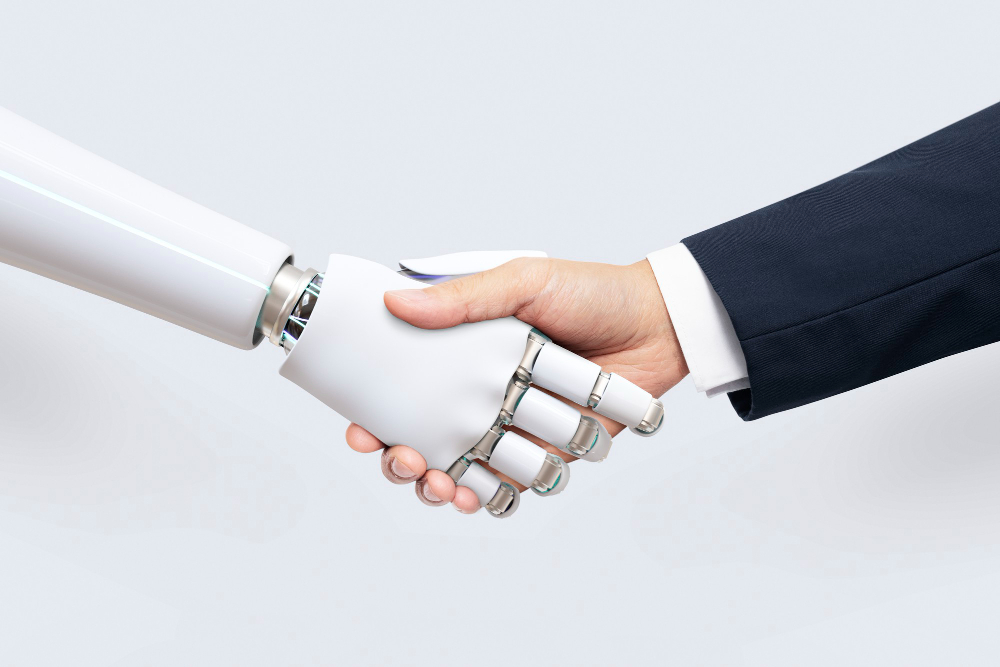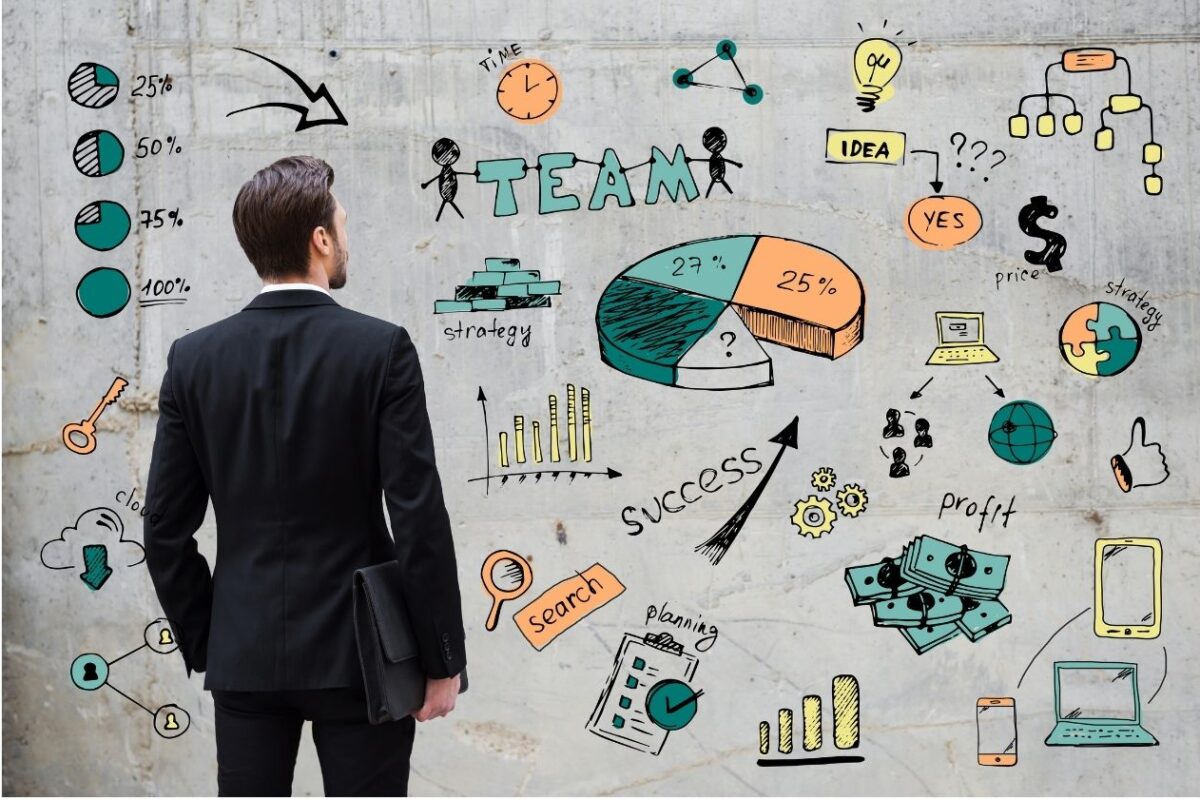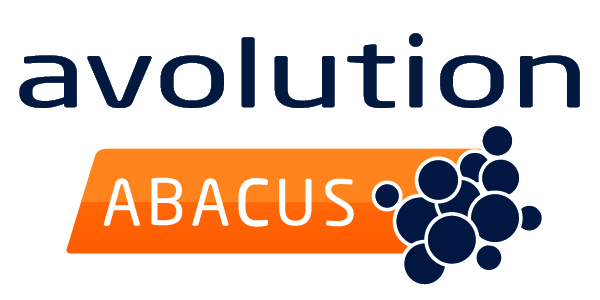Artificial Intelligence is in its early stages of adoption in businesses and it’s important that we understand and harness this current advancement in technology to grow our businesses. AI is a promising field that businesses need to take advantage of.
The term AI is a broad term which basically describes machines and computer programs that possess the ability to make intelligent human like inferences. To understand the possibilities of AI in business, we need to understand first the subsets of AI.

Machine Learning
It’s a subset of AI that utilizes data to improve computer algorithms and processes automatically. In this case, the main source of the machines intelligence is the data that’s fed into the model. This is why the role of data in any business is very essential and goes a long way to impact an institutions growth and decision making process.
Deep Learning
This is a subset of Machine Learning that utilizes more data and neural networks. Neural Networks mimics the human brain neurons and engages a series of algorithms to draw and make decisions from data.
A key factor that has led to the advancement of deep Learning is the recent availability of large datasets and computers with faster processing speed. This is so because the performance of any deep learning model depends largely on the quality and size of data. The model is trained to analyse and detect meaningful patterns that can be used to make decisions and provide insight. Unlike normal machine learning algorithms whose performance declines after a period even with more data, the treasure in deep learning is its adaptive nature and ability to go deeper and improve with more data over time.
Deep learning has continued to achieve amazing feats and has reduced the error rate in various automated tasks significantly compared to traditional methods. The achievement of deep learning in game play, self-driving cars, Image recognition, natural language processing, medical health diagnosis etc. has opened the door to even more possibilities and it is time for contemporary business to take full advantage of these resources. In businesses, deep learning can be used to draw inference from data to optimize decision making, to understand customer behavior, to optimize production and manufacturing etc.
 Business sectors utilising AI
Business sectors utilising AI
- Sales and Marketing: AI can play a huge role in sales and marketing and is already being used today. Systems have been built to suggest ads tailored to each customer based on browsing history and activities. AI can also help equip sales personnel with insight to improve sales method. Each customers unique needs can be catered to much easily with the aid of this additional intelligence and insight. IBM partnered with Adobe to create an AI based solution that predicts the effects weather has on sales and customer purchasing habits. This solution combines AI data and the Adobe Experience platform to build a smart weather platform. This smart weather system would help improve the accessibility to useful insight so that sales and marketing teams have vital information to work with. Other companies such as Lenovo have also leveraged the Adobe Analytics Platform. The Adobe analytics cloud is a platform that utilizes real time data of customers to provide useful insight and information on customer preferences. This helps the company know what products to focus on and what needs improvement.
- Human Resources: In HR, many repetitive tasks can be customized with the help of AI. Although it’s still essential that human expertise is utilized, AI can increase the efficiency and eventually reduce cost for this department of businesses. Smart chat boxes can be used to communicate information about a company effectively, modelled systems can be used to review CV’s and speed up several recruitment processes, prediction systems can use human behavioural patterns for screenings and talent management etc. Mya systems is an example of a recruitment platform owned by the company Stepstones. Several companies like Deloitte, Hays, L’Oréal use this platform for a quick and reliable hiring process. The system uses AI solutions such as natural language processing and data analysis to coordinate the entire recruitment process. HireVue is another company that focuses on improving the hiring process through technology. They have been used by over 600 customers and have hosted more than 6 million interviews. They have a variety of platforms for video interviews, pre-hire assessment, game based assessments and coding assessments.
- Customer relations & Contact centres: AI is already being used in this part of organisations in companies like Burberry, Amazon and Starbucks to provide intelligent customer service. Data gathered from customers are used to predict customer behaviour, offer best line of action tailored to suit each customer’s needs, point out customer patterns and provide each customer with unique products and solutions. This in turn cuts down costs and increases efficiency significantly. The company 1-800 Flowers partnered with IBM’s AI department to create a concierge service bot capable of communicating with customers in a life like manner and suggesting suitable gifts based on the data available about the customer. This AI system utilizes Natural Language generation and processing to achieve its features.
- Finance: AI can be used to perform repeated calculations with little to no error, predict financial markets and point out useful trends. It is currently being used by American Express to monitor real time transactions and prevent fraud. It can also be used to prevent money laundering, carry out financial trading and to optimize portfolios. Accenture consulting has confirmed that deep learning and automation would lead to significant growth in the coming years. The fusion of AI and cloud if scaled and applied appropriately, is capable of driving this sustainable growth. An example of AI applied in finance is Kensho. It is a section of the company S&P Global and is a hub that creates solutions for businesses using AI and machine learning. Kensho leverages machine learning models, complex data structures and natural language processing to provide solutions and useful insights to business. They have successfully built tools for leading financial institutions like Goldman Sach, Merrill Lynch, Bank of America etc
- Manufacturing and Production: Several well-known manufacturing companies use AI already to optimize their production process and to reduce errors significantly. AI is in its development stage in the Automotive industry and is being applied to the various branches of car production. In manufacturing, AI is applied to the design, production and quality control departments. Hyundai has successfully introduced robots into their car manufacturing plants. These robots are capable of assembling car parts, inspecting cars and also charging electric cars. In the development stages, Tesla’s autopilot driver assistance system is gaining traction. This system relies heavily on image processing, video processing, data and machine learning models. They are constantly improving its performance to ensure safety is maintained. Other companies like Boeing use augmented reality to detect problem areas and abnormalities in production. Nissan uses AI to improve design, General Motors uses computer vision to monitor robotic parts and in assembling to get rid of faults and downtime and BMW uses it to improve their quality control process. AI can also be used to predict product demand and reduces loss significantly.
- Building Construction and Automation: With the aid of IOT (Internet of things) devices, computer vision and sensors, buildings can be made to operate in a smart and efficient environment. The heating and cooling systems can be regulated automatically, lighting and other appliances can be controlled and designed to optimize energy consumption. This helps improve security and conserve power and energy. The company Versatile is revolutionizing the construction industry by leveraging data from construction sites. Their product, the craneview increases automation and efficiency by using field data to provide insight. The fusion of AI, rich data and IOT in this product creates a smart construction site. This product helps improve effective time management, reduce human error and equip managers with useful insights for informed decision making. Built robotics is another company that aims to increase automation using AI, sensors and software systems. Their product Exosystem is a software that enables heavy duty excavators operate autonomously like robots. These excavators are equipped with make GPS systems, cameras, proximity radars etc. Some of their other products include a robotic operations software (Everest), remote robot monitoring (Guardian) and robot operation tools (Field kit).
Scaling and Deployment of AI
In any business, it is important that AI is introduced in a scalable and sustainable manner to maximize potential and reduce risk. Research has shown that companies who have an efficient AI life cycle structure are more likely to increase their profit significantly. The vital parts discussed below are essential in building a standard deployment process for AI.
Data
Data is the backbone of any functional machine learning model and so it’s important that there is an efficient data management structure in place. High quality data needs to be easily accessible.
Data analysis and visioning are essential skills needed and so the manual processing of data needs to be ditched for a laid out automated data management system. This would increase model quality and help save significant time.
Machine learning datasets needs to be divided into a train and test sets. The model is trained with training data and then tested with fresh realistic data not seen by the trained model. This helps the data scientist determine accuracy and make relevant change and improvements.
Model Development
Building the machine model with processed data is the next step and a vital part of the deployment process. The problem to be solved is analysed and a suitable algorithm is selected. Some ML algorithms include regression, random forest, Convolutional neural networks, recurrent neural networks etc. The most suitable algorithm and the best processing technique needs to be selected to ensure optimum performance. Data engineers and Data scientists need to work as a team in a structured environment to ensure maximum productivity.
To build an efficient model, clean and well-structured data is utilized and fed into the chosen algorithm for training. The algorithm then learns the different features, variations and patterns in the data.
Deployment
At this point, the model needs to be presented in a user friendly manner. The machine learning engineer is responsible for managing the model and teams up with the software engineer to present the model in a deployable and easy to use format.
This step incorporates automation, testing, monitoring and heavy maintenance. The customer or users feedback is very valuable and usually determines subsequent improvements and updates.






